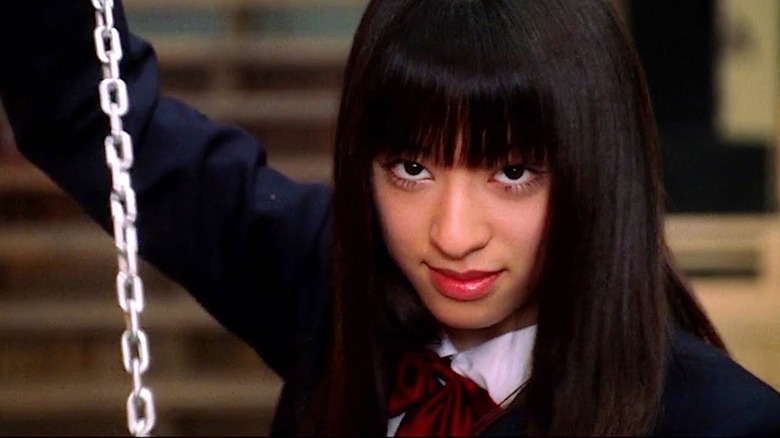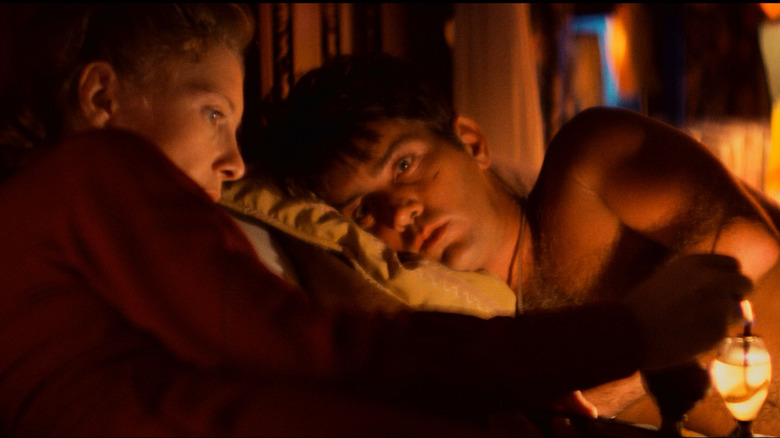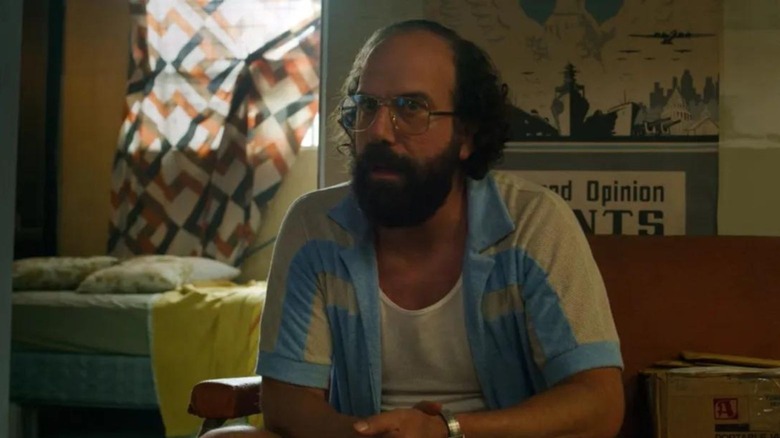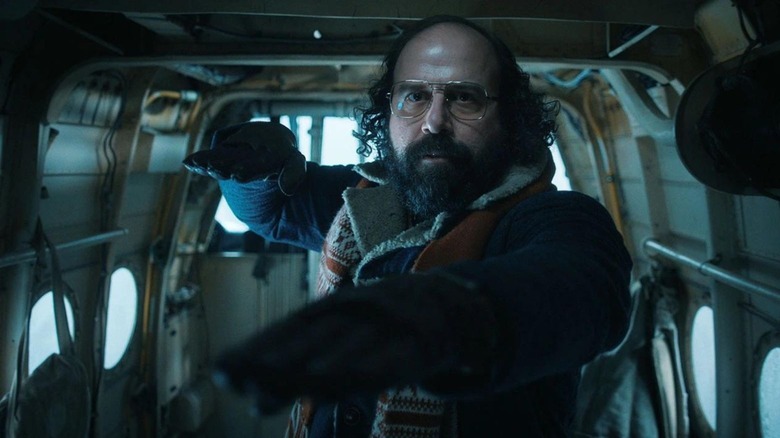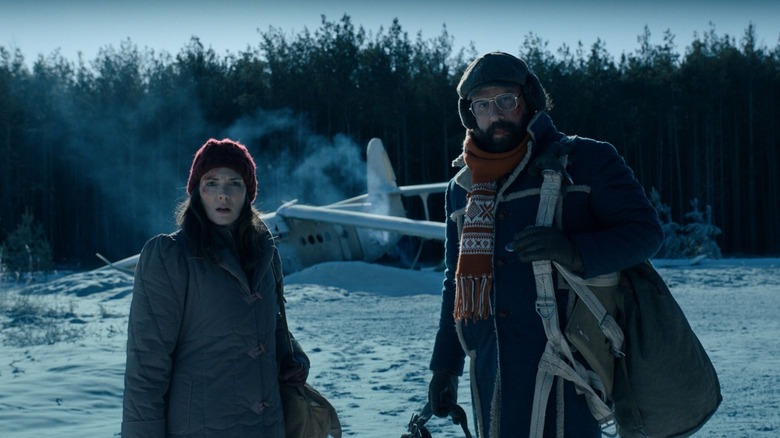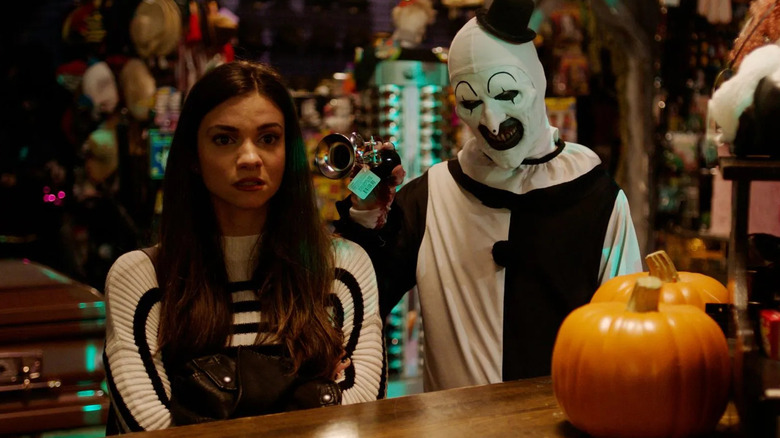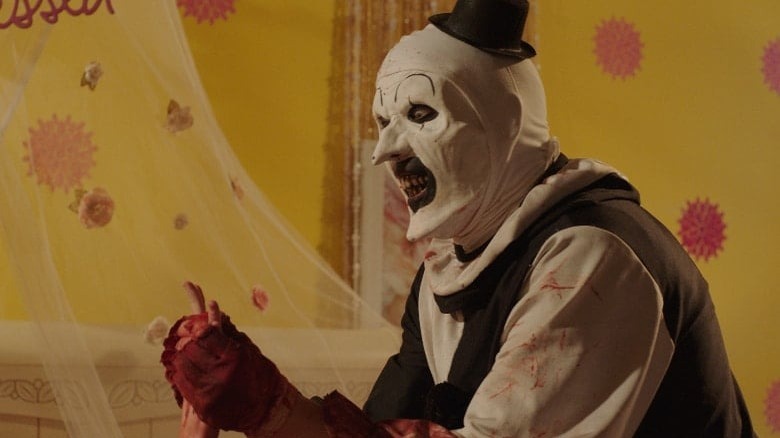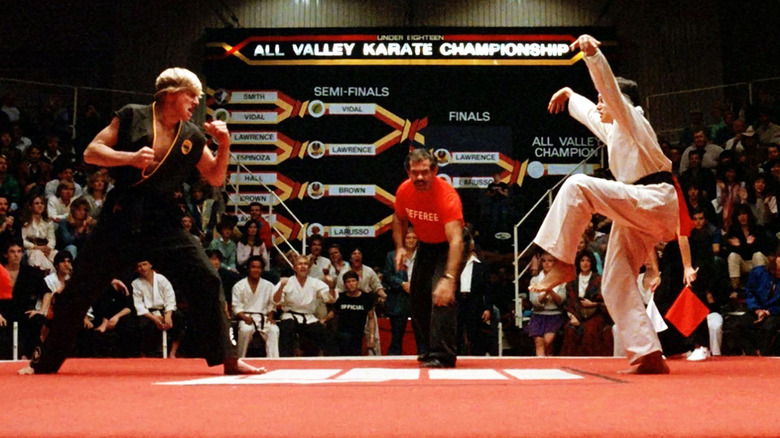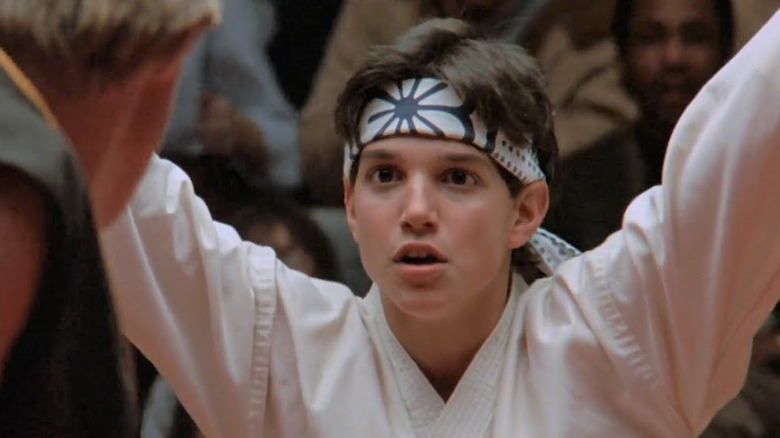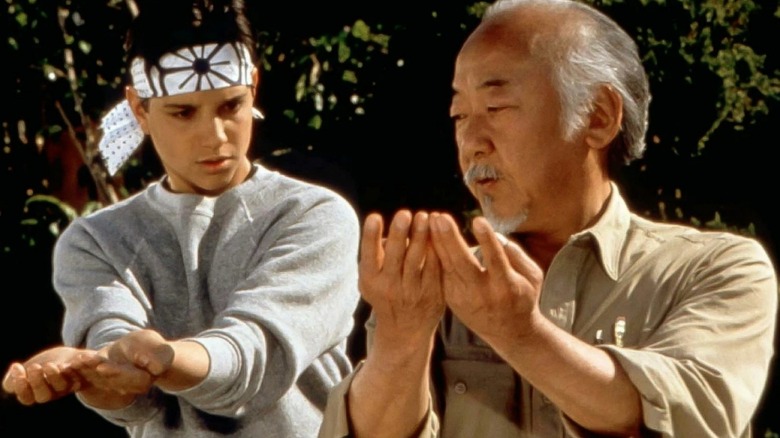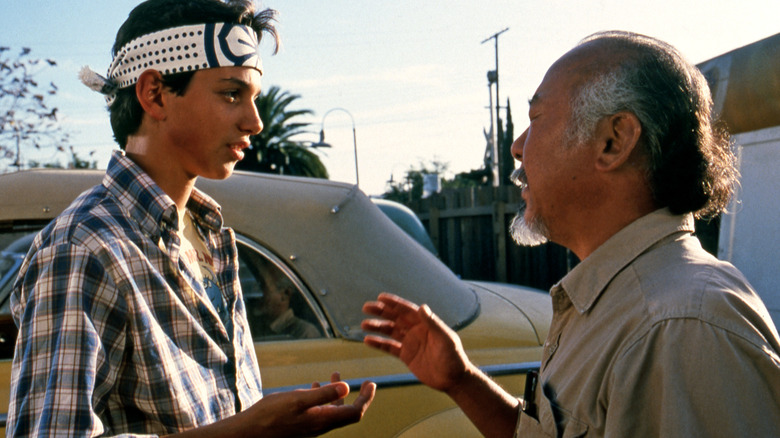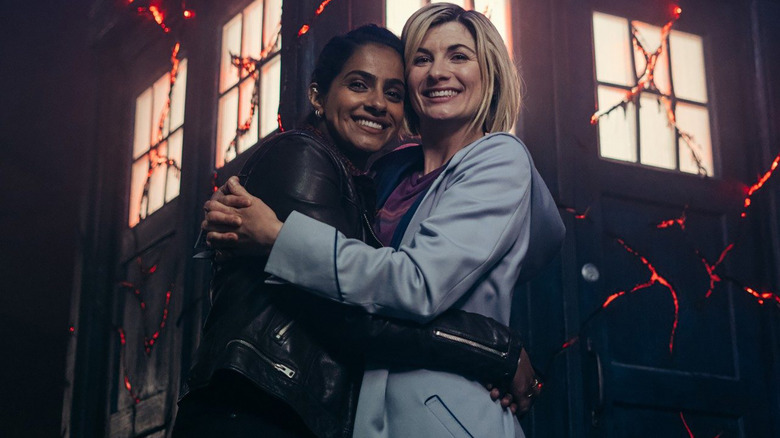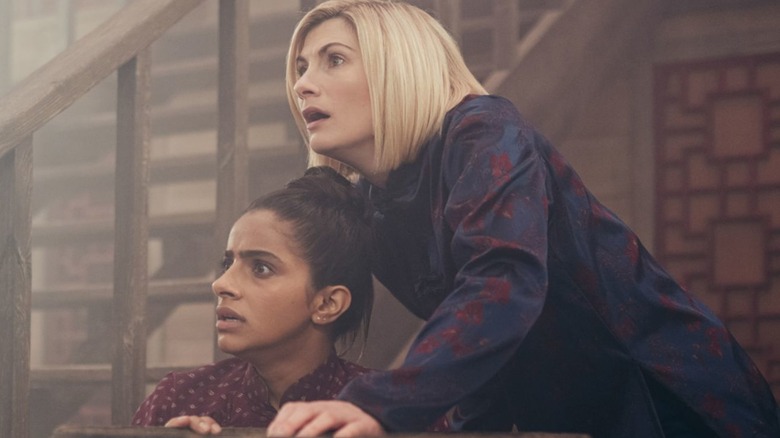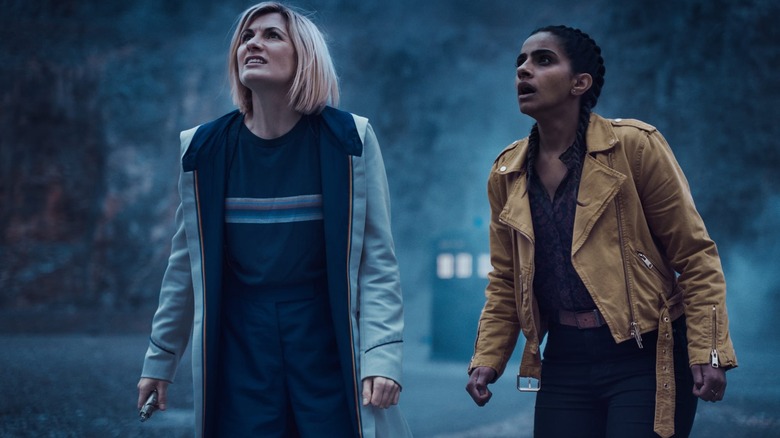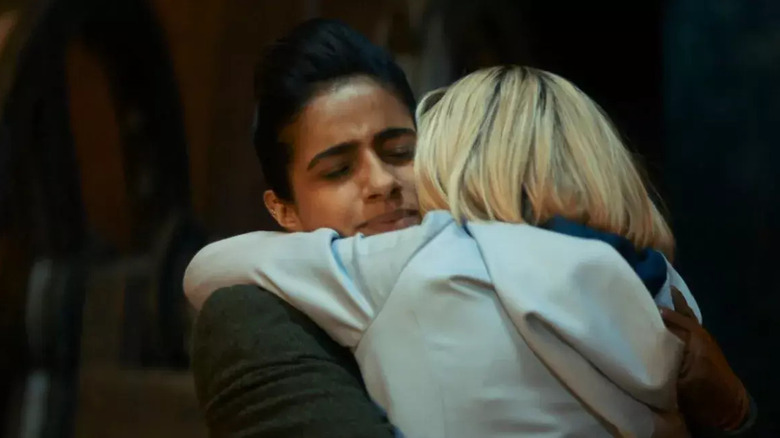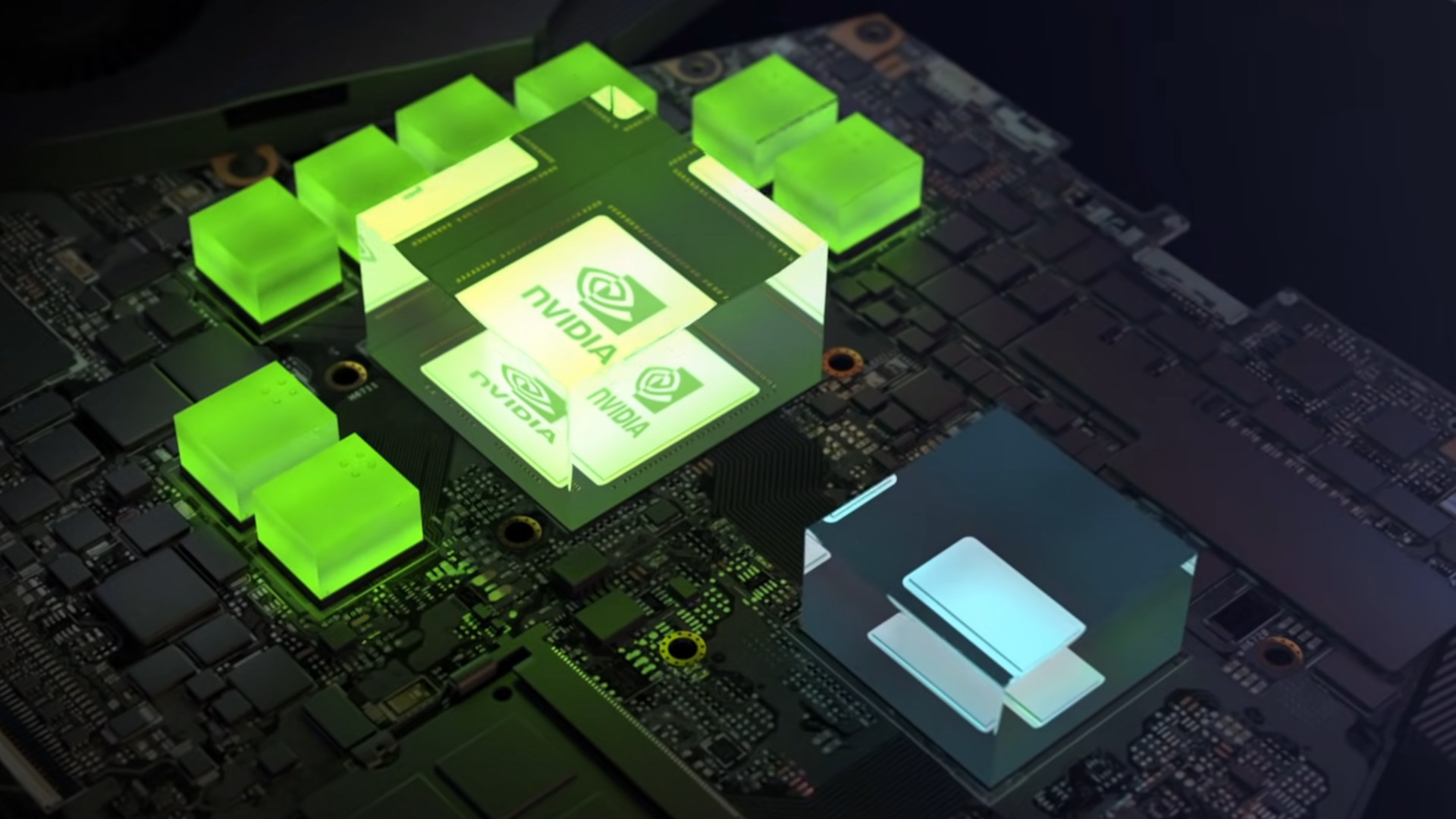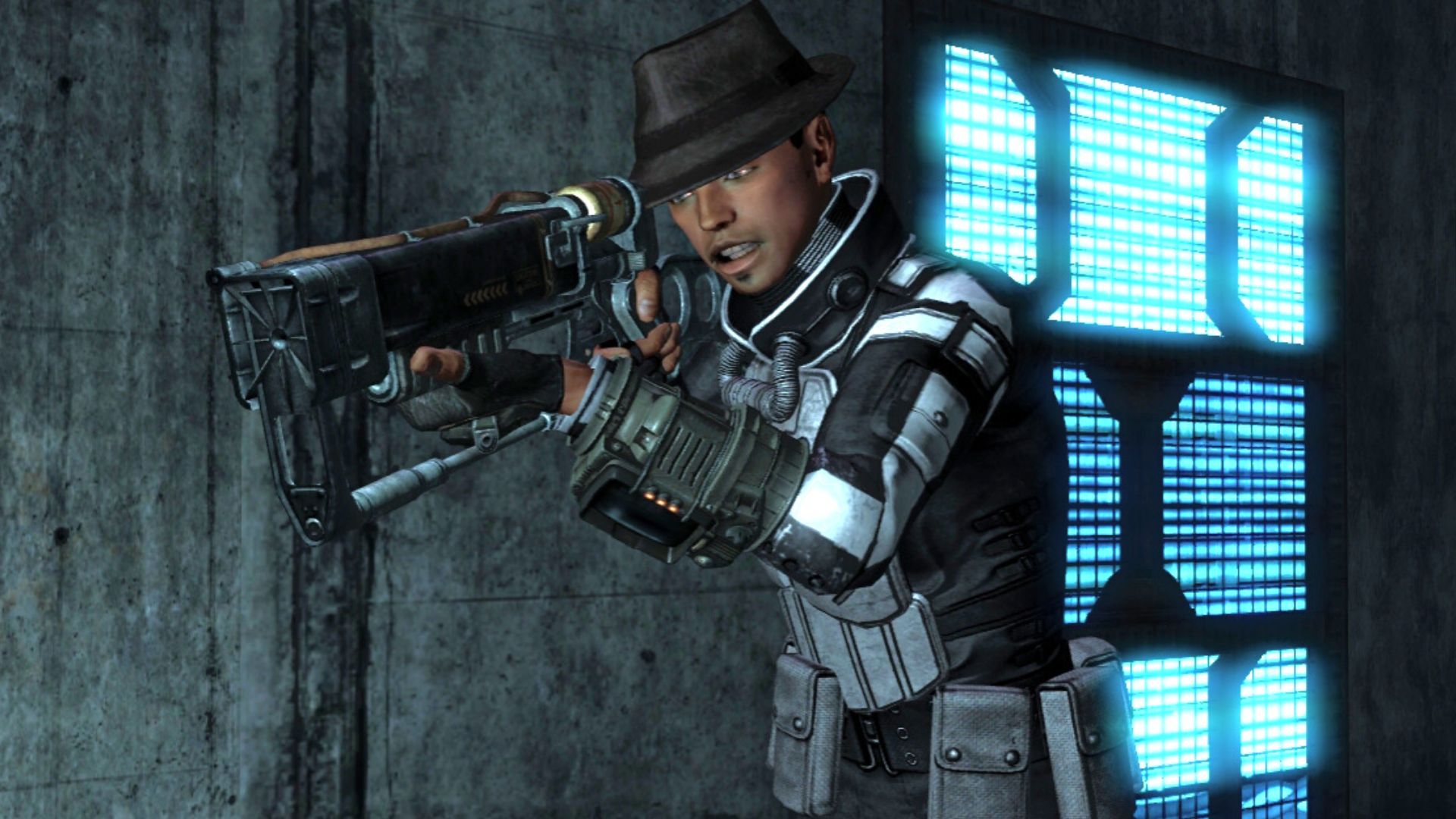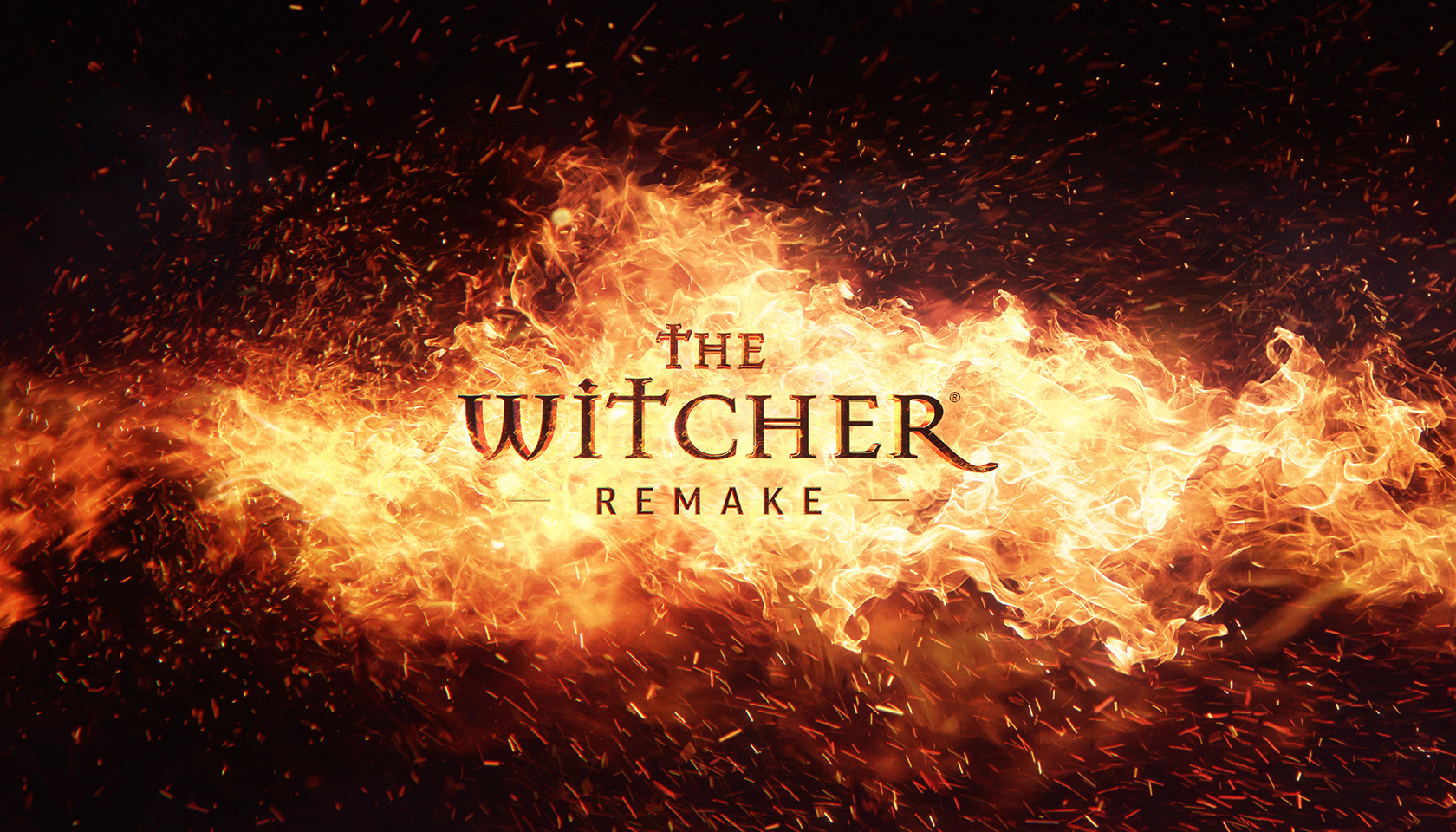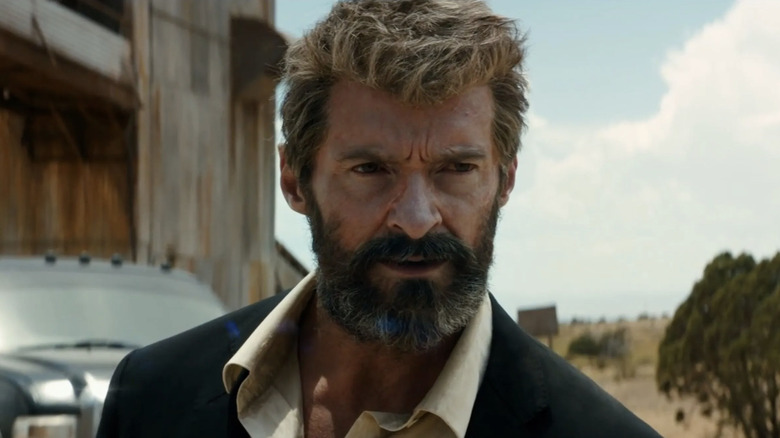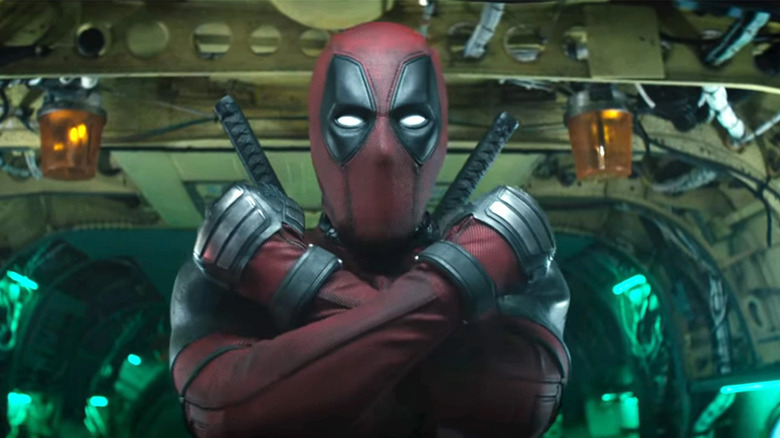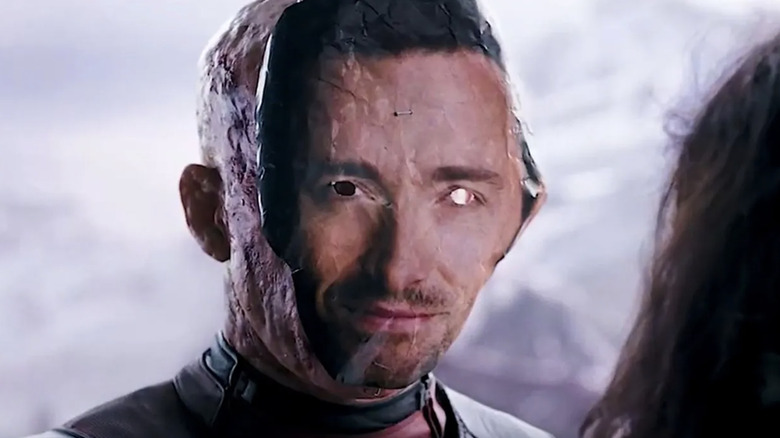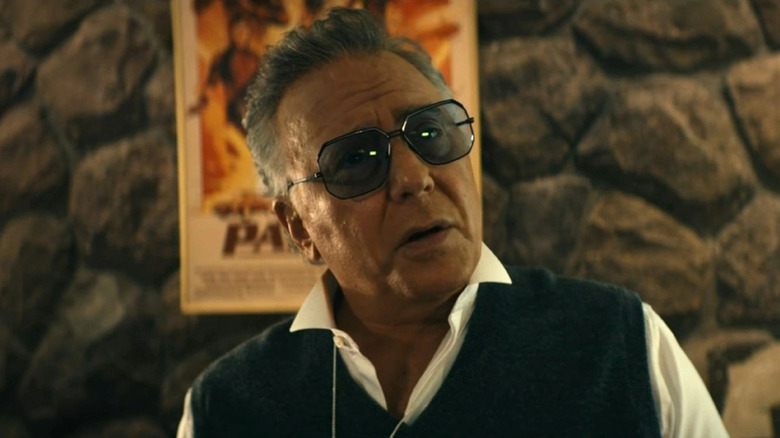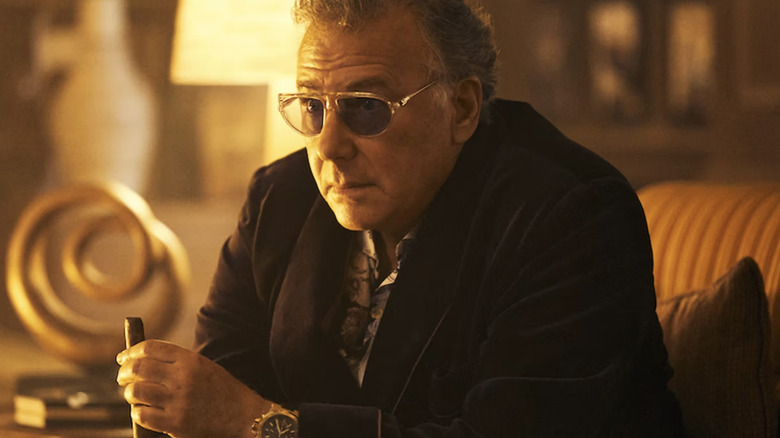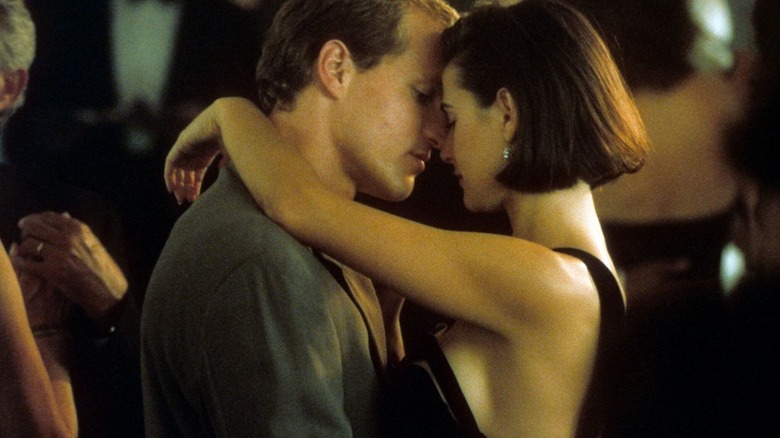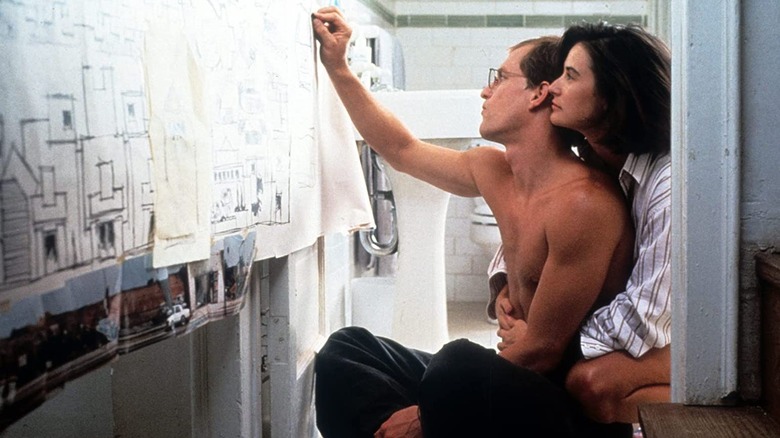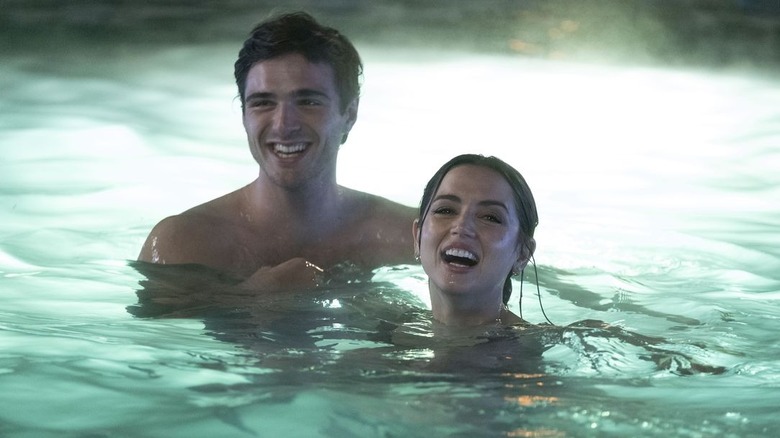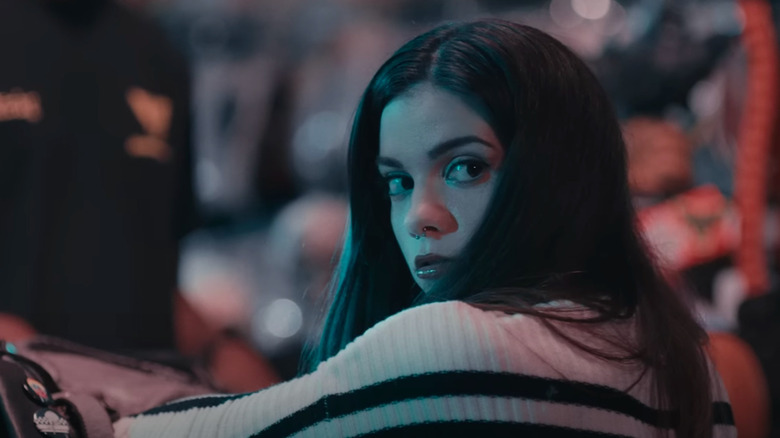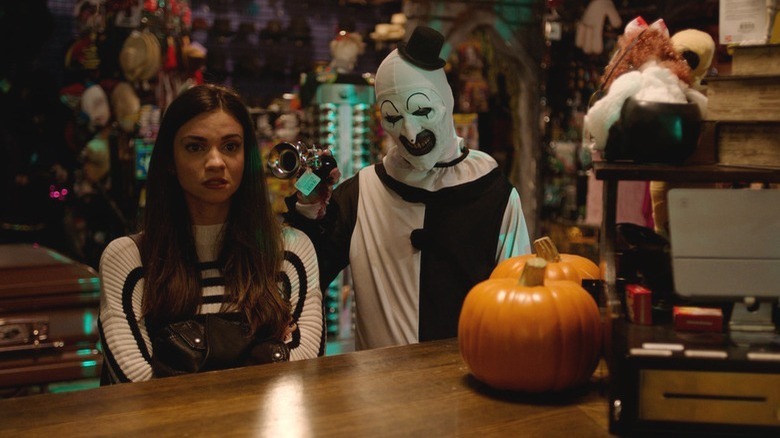And speaking of missions, let’s get back to the job at hand…
Mission 9: TBD
This stretch of the game is really light on details. I don’t have a setting for this mission, except that it should probably be some sort of industrial facility owned by South African industrialist Samkelo Mensah.
We need to take care of Mensah. Also here is fellow board member Camila Ferreira, a Brazilian Environmentalist / Politician. We should find these two together, plotting. Camila is evidently an environmental crusader, and here we learn she doesn’t actually care about the environment and it’s all part of the game to her.
Mensah has [some polluting property] that isn’t really working out for him, and he wants to get the red ink off his books. He asks Ferreira to shut it down. She’ll get credit for stopping a polluting industry, which will help her in the polls. At the same time, Mensah will be able to blame his losses on “environmental regulations” instead of taking responsibility for his poor management and leadership. In return, he wants her people to look the other way for this other place he’s starting up. It’s clear this game is familiar to the two of them, with each of them benefitting from their feigned conflict.
This time, Everett decides to tell us about himself:
I got my start working on the first-generation of social media platforms. I was in University just after the turn of the millennium, looking for a way to distinguish myself. A lot of the Old Guard was scared of the internet. DeBeers in particular. He was afraid that people would route around our stranglehold on the news, and we’d be neutered or even exposed.
But I saw an opportunity. Social Media gave us the tools to take DeBeer’s adversarial politics and supercharge them. With the right algorithms, we could find the most enraging members of the left / right conflict and signal boost them. We could deliver a non-stop feed of fear and worry about the horrible things those “other people” were doing. It was exactly the fear and paranoia that MaCarthy had tried and failed to sustain half a century earlier.
As I told Lucius at the time, “If Dorothy had spent the entire trip bickering with Scarecrow, Lion, and Tin Man, they never would have discovered the Man Behind the Curtain.”
You want to know how well it worked? During the cold war, there was a never-ending supply of movies, books, and television shows where two people from opposite sides of the Iron Curtain would team up for some adventure and become friends in the process. They would set aside their differences and discover that their mutual distrust had been making them weak. These stories were a direct reflection of people’s feelings at the time. Deep down, common people longed for reconciliation.
Can you even imagine someone making a story like that today, featuring explicitly red state and blue state people? It’s been decades, and it’s never happened. Nobody wants reconciliation. Thanks to the internet, the animosity is a self-sustaining reaction. Anger is both the food and the waste product of social media.
We used to have to manage mass media carefully, talking out of both sides of our mouth. It was a brutal balancing act. But now everyone has their own version of the truth, curated by algorithms controlled by us.
Once again, Everett asks you to kill the conspirators and spare the infrastructure, and once again you’re free to work with him or do your own thing.
Okay, we’ve now dealt with everyone except Maggie Chow. We should learn her location when we take care of Mensah and Ferreira.
Mission 10: Stalemate
Here we drop a reminder that Troy is still wanted for the assassination. He’s infamous for brazenly killing one of the most popular leaders in a generation. Even if he can somehow prove his outlandish story about being hijacked, there will always be people who blame him. He’s a marked man for life, and really needs a clean slate identity from Everett if he ever wants to live a normal life.
Everett only has one directive for us this time: Kill Maggie Chow. He will overlook it if you’ve been sparing people up until now, but here he puts his foot down: Chow needs to die.
Maggie Chow knows you’re coming. You’ve already eliminated the rest of the Board. So she’s hiding out in some fortified location in Hong Kong. The place is wall-to-wall with Seraphim guards and everyone here is part of the conspiracy, so if the player is in a mood to purge, they’re not going to have to worry about civilians / innocents. If they’ve been lugging around a big, nasty weapon and hoarding ammo for it, then this should be a good place to cut loose.[1]
Of course, there should also be a way to stealth / hack past everything as well. Gotta respect the genre.
At the end, we find Maggie Chow hiding in a panic room[2] behind bulletproof glass. She speaks to us through an intercom.
She says she knows she’s beaten. She renounces her leadership position, and just wants to be left alive. (To go live her life of wealth and privilege without paying for her crimes, naturally.) If you spare her, then she offers you something in return: Morgan Everett’s location. If you really want to break the conspiracy, then you need to take him out.
There’s a control panel nearby. You can open the door to her panic room and kill her, or you can open (some other door) and allow her to escape.[3] If you do the latter, she’ll tell you how to find Everett.
So what is it you really want? Do you want personal revenge for what happened in Washington, or do you want to end the Board forever?
We get a player-directed conversion where we can ask her questions, ask about her goals, and learn about her side of the story. Once we’re done, we make our choice and Maggie Chow is either dead or escaped forever.
Endings
Ending #1: Paid in Full
If we kill Chow and Everett is basically happy with us, then we head back to the same London rooftop from earlier.
Inside, there’s a box of goodies waiting for Troy. It should contain a fat stack of money, a pile of augmentation upgrades, a few weapons, and a new identity.[4] Everett appears as a hologram and makes it clear that we’re never going to see each other again.
We get a last conversation with the guy where we can debate him a bit and clear up any lingering questions. Then Troy takes his treasure and returns to the heli.
Roll credits.
Ending #2: Backstab
If we kill Chow, but otherwise have betrayed Everett’s wishes in all of the previous missions, then the ending is a little different.[5]
We end up in the same rooftop office, but this time the box is empty, except for a small note with a crosshair that says “Sorry :(“. Again, we speak to holo-Everett:
“I’m sorry Mr. Denton. I don’t want you to think this is personal. I have immense respect for you and your abilities. But it’s clear you never cared about our mission, and you’ve just been waiting for your chance to stab me in the back. I’m simply preempting you. I wish we could have parted on friendlier terms. Farewell.”
A wall opens up, and a ton of Seraphim guards pour in.
After we mop them up, Troy walks back to the heli and flies off. He’s still a fugitive, Everett is still in charge, and he didn’t even get any cool loot.
Yes, this ending kind of sucks. Sure, Everett is a bit thick when it comes to reading people. But you’ve been thumbing your nose at his wishes and blowing up his shit for the whole game. Even he could see your murderous intent coming. If you’re looking to take on the Illuminati, maybe you need to be a little more subtle than this, you know?
Ending #3: Scorched Earth
If we spare Chow, then she reveals that we’ll find Everett back in Switzerland. She gives us some access card / password to get us into the inner sanctum.
The castle is really fortified this time. Everett evidently figured out we’re coming. We go through yet ANOTHER murder dungeon to get to the man. This time we’re able to get into the secret meeting room that we couldn’t enter last time. We get to stand in the shadowy board room we saw in the opening cinematic.
We find Everett in a control room of some sort. Once we enter the control room, a little conversation with Alex gives us a choice.
One option is to just kill Everett and blow the place up. This will put an end to Upper Management forever. Nobody will ever know what happened, but Everett and his machinations will come to an end.
The ending is a cinematic of the castle blowing up and the heli flying away, with a voiceover from Troy saying he doesn’t care about clearing his name. He just wanted to make sure the bad guys were brought to justice. A sort of DIY justice.
Roll credits.
Ending #4: Promotion
As above, but when we get to Everett in the control room we could talk to him instead of blowing him away. He’ll say he’s impressed that you managed to track him down.
“If you disagree with how I’m running things, then why don’t you join the Board and help guide the organization in a different direction? The Board is a meritocracy, and you’ve proven your worth. A seat is yours if you want it.”
And then the player can debate Everett a bit. (The same dialog options we get in other endings.) Alex abandons you if you do this, and Everett welcomes you to the team.
We get a closing cinematic that looks a lot like the opening one, with a bunch of shadowy figures sitting around a shadowy board room,[6] running the world. Everett is at the head of the table, and Troy Denton is sitting at his right hand. If you spared any of the other conspirators then they’ll be here too. (Except for Chow.)
Troy gives a voice over about how things will be different this time because he’s a good person and means well and won’t repeat the mistakes of the past. Roll credits.
I can’t believe you picked this one. What’s wrong with you?
Ending #5: The Truth, Illuminated
Troy either knocks out or kills Everett. Once we enter the control room, a little conversation with Alex gives us a choice. We can either blow the place up, OR we can take the information on Everett’s jumbo computer and just dump the whole thing on the internet. Everything. The entire conspiracy. Just tell people the truth, and let them sort it out for themselves.
This is Alex’s preferred ending, and if you’re willing to hear her out then she’ll argue hard for it.
This is the most ambiguous ending. This is also the one ending where Alex narrates instead of Troy. We see a montage: We see Troy at some sort of congressional hearing. Troy being questioned in an interrogation room. Headlines calling him a “Whacko” and “Conspiracy Theorist”. We see regular people holding protest marches, demanding the truth. Ideally, we should have people coded heavily red state / blue state. Except they’re marching side-by-side, holding signs together, holding hands, working together.
Alex’s voiceover asks questions of Troy: Did we do the right thing? Will people believe us? Can the system be changed? Is this hate something the system created, or is it something we made ourselves, and they just harnessed it? I guess it’s up to us to find out.
Roll credits.
